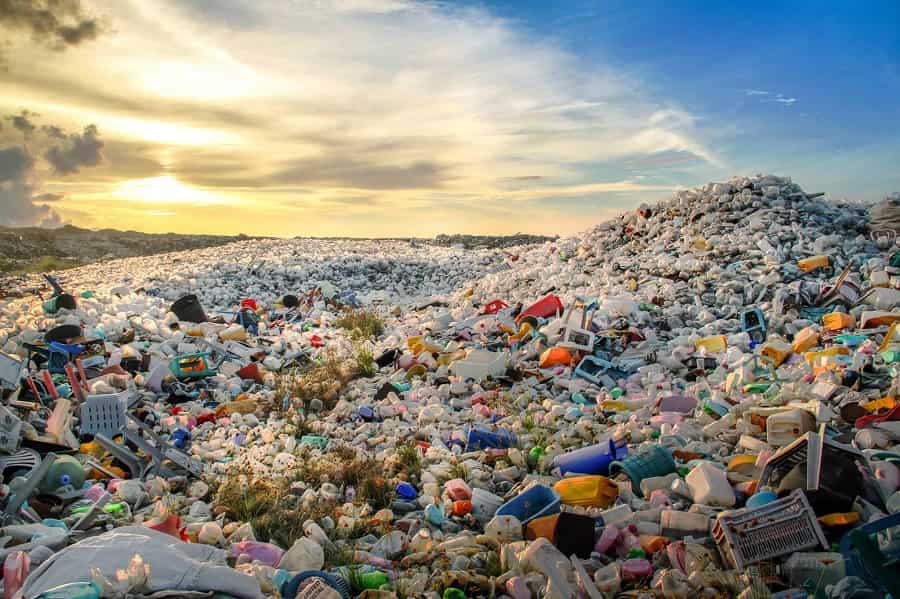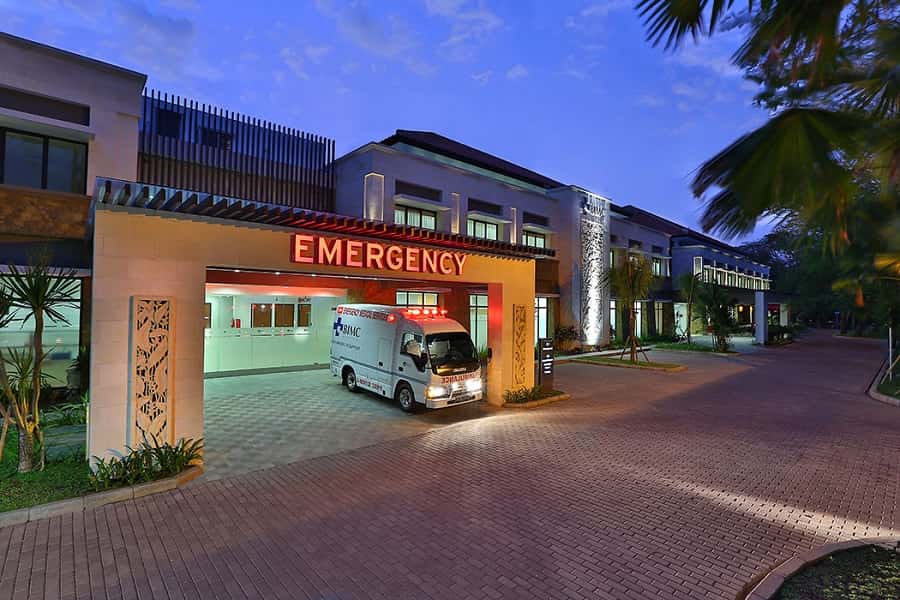Bali is often imagined as a paradise an island of waves, rice fields, temples, and spiritual calm. And in many ways, it is. But beyond the beauty and the charm, Bali faces real challenges, especially when it comes to infrastructure. Roads, sanitation, transport, internet, waste management these things don’t usually appear on a postcard, but they shape daily life for locals and visitors alike.
In recent years, infrastructure development has tried to keep pace with Bali’s popularity. But growth hasn’t always been balanced or well-planned, and the impact is being felt not just in traffic jams or power outages, but in how sustainable tourism and quality of life can really be on the island.
Roads and Transportation: A Daily Challenge

One of the first things people notice when staying in Bali especially in more developed areas like Canggu, Ubud, or Seminyak is the traffic. Narrow roads, a growing number of cars and motorbikes, and limited public transport make getting around a daily test of patience.
While new roads and bypasses have been built over the years like the Ngurah Rai Bypass near the airport much of the road infrastructure is outdated and not designed for the current volume of vehicles. During peak hours or holiday seasons, travel that should take 20 minutes can easily stretch to an hour or more.
Public transportation is virtually non-existent. There are local minibuses (bemo) in some areas, but they are irregular and not tourist-friendly. Ride-hailing apps like Grab and Gojek have filled the gap, especially for short trips. But their presence is controversial, especially in areas where local taxi cooperatives see them as a threat.
All of this has a direct effect on tourism. For visitors, traffic congestion can take away from the relaxing Bali experience. For locals, commuting becomes longer and more stressful. It also raises safety concerns, especially with so many inexperienced foreign drivers renting scooters on chaotic roads.
Sanitation and Waste: A Quiet Crisis

Another major infrastructure issue is waste management and sanitation. As Bali’s population and tourism industry have grown, so has the amount of waste but the systems to handle it haven’t developed fast enough.
Many areas, especially outside of urban centers, still lack modern sewage systems. In some cases, waste ends up in rivers or the ocean, polluting water sources and harming marine life.
Septic tanks are common, but not always properly maintained. In tourist-heavy zones, this creates not only environmental problems but also health risks.
When it comes to solid waste, landfills like the one in Suwung (near Denpasar) are overwhelmed, and recycling infrastructure is still limited. While there are efforts to manage organic and plastic waste more efficiently, a large portion of trash is still burned or dumped illegally.
This affects both the image of Bali and the quality of life for locals. Cleanliness, environmental health, and tourism are closely linked and infrastructure shortcomings in this area have long-term consequences.
Electricity and Internet: Steady But Uneven
Electricity in Bali is relatively stable in main tourist areas, but blackouts still happen, especially during storms or periods of high usage. Many hotels and villas are equipped with generators, but in rural areas, power cuts can be more disruptive.
As for internet access, it’s improved a lot in recent years especially with the rise of remote work and digital nomads. Most towns now have fiber-optic connections, and mobile data is fast and affordable. However, quality still varies depending on location. While Canggu and Ubud may offer great speeds, rural villages or mountainous areas can be hit or miss.
For tourists, this inconsistency can be inconvenient. But for locals, especially those working online or running small businesses, it can limit opportunity. Reliable infrastructure isn’t just about comfort any more it’s a necessity for economic participation.
Healthcare Access

Infrastructure also includes health services, which are improving but still unevenly distributed. In areas like Denpasar, there are international-standard hospitals such as BIMC and Siloam, catering to both locals and foreigners. But in more remote areas, clinics may be under-equipped or far from homes, making emergency care a concern.
During the COVID-19 pandemic, Bali’s healthcare limitations were put under pressure, especially in terms of hospital capacity, oxygen supply, and access to vaccines. It was a reminder that infrastructure isn’t just about convenience it can be a matter of life and death.
Construction and Development: A Double-Edged Sword

Infrastructure development in Bali is ongoing. New resorts, villas, and roads are constantly being built especially in booming areas like Canggu or Uluwatu. But this rapid construction comes with trade-offs.
First, it puts pressure on natural resources water, energy, and land. Second, it disrupts traditional village life and culture. And third, it often lacks proper planning or regulation. Illegal construction, zoning violations, and environmental degradation are real concerns.
For example, groundwater depletion in some areas is now leading to saltwater intrusion, affecting both agriculture and water quality. As more land is converted to tourism use, traditional farming communities are losing space, identity, and access to basic needs.
So, What’s the Way Forward?
Bali is at a crossroads. On one hand, it wants to grow and welcome more tourists. On the other, it needs to protect its people, its environment, and its culture. And that balance depends heavily on smart, inclusive infrastructure planning.
In recent years, there have been efforts to promote sustainable tourism and green infrastructure such as eco-villages, solar power initiatives, better waste processing systems, and smarter urban planning. But progress is slow, and sometimes disconnected.
Ultimately, what Bali needs is long-term investment not just in roads or buildings, but in systems that serve both locals and visitors in a fair, efficient, and sustainable way. Infrastructure should enhance quality of life, not just cater to tourism demand.
Bali’s charm lies in its soul, its people, and its natural beauty. But for that charm to last, the foundations that support it from clean water and functioning roads to good waste systems and reliable energy need just as much attention. Infrastructure may be invisible at first glance, but it shapes the island’s future more than we often realise.































